How to Add Calcium to the Soil: 9 Great Ideas
-
Pete Ortiz
- Last updated:
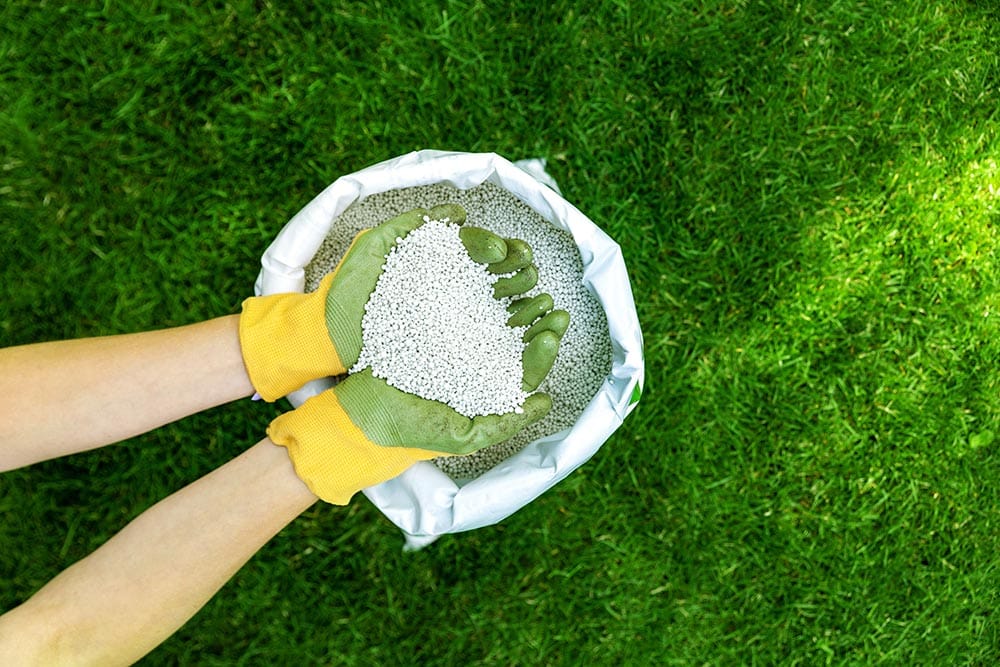
Soil is made up of minerals, gasses, liquids, organisms, and organic matter that serve several important factors, one of them being providing optimum conditions for plants to grow. One of the best ways of ensuring that your plants thrive and produce a good yield is by adding calcium to your soil.
Calcium not only helps plants to have strong and faster growth but also makes them more productive. It also gives plants a boost preventing the risk of pests and diseases. Calcium deficiency is a huge problem because it can lead to high acidity levels that can inhibit plant growth. Your soil needs the right calcium balance to create an ideal environment for your plants.
In this article, we will highlight the benefits of calcium, how to detect calcium deficiency and the best way to add calcium to your garden soil.
Significance of Calcium on Plants
Despite being a vital element for optimum crop production, this nutrient is often undervalued by agronomists and farmers. However, plants need it to build strong cell walls that allow plants to grow upright and effectively transport other nutrients throughout the plants.
Unlike other nutrients, calcium is usually immobile in soil and plant tissue. However, after root absorption, it moves through the xylem and is deposited in the other parts of the plant. Hence, the formation of young shoots and food production will be greatly affected if calcium reserves run dry. This nutrient is also required in large amounts, and the supply needs to be constant to be effective.
The 9 Ways to Add Calcium to Your Soil
One way of determining if your soil contains enough calcium to support plant growth is by conducting a professional soil test or using a home testing kit. These tools analyze the PH and calcium levels. If the soil calcium level is low or plants show signs that this important nutrient is missing, you must know how to add it.
You can opt to buy soil amendments that will gradually replenish soil over time and benefit your plants. Alternatively, use foliar sprays for a faster and immediate calcium boost.
Here are some of the best ways to add calcium to the soil without harming the plant.
1. Use Calcium Fertilizers
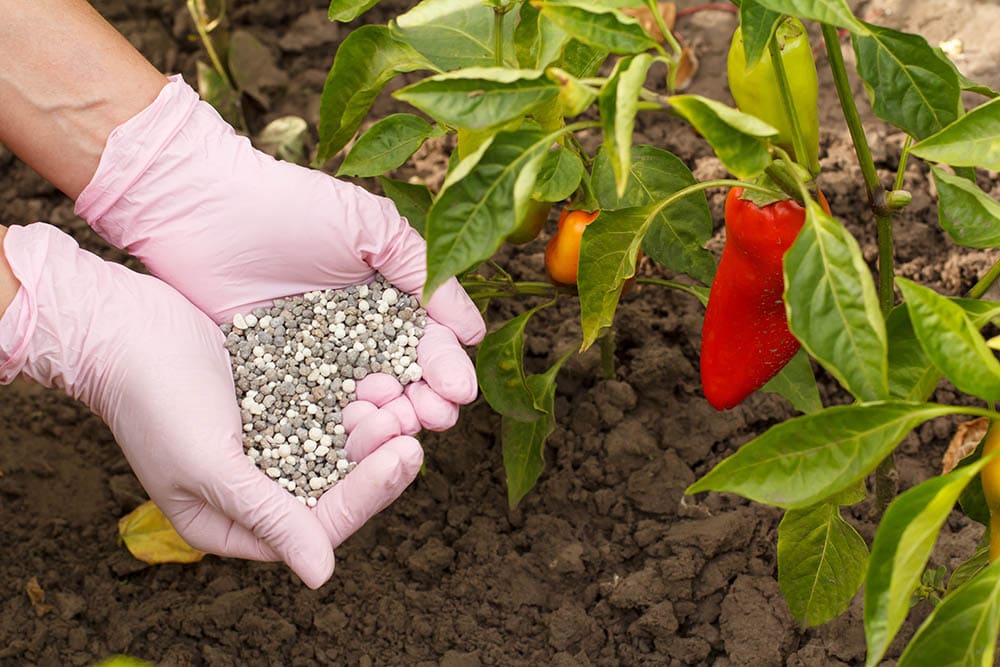
If you discover soil has a low calcium level early in the planting season, calcium fertilizers can replenish the deposits. They may take a bit of time to dissolve in the soil and provide nutrients to your plants, but they last the longest, adding more calcium to your soil.
However, before introducing calcium fertilizers to your garden, test the soil to determine all your soil needs so that you do not add nutrients that are already bountiful in your dirt. You might think that since nutrients like nitrogen are good for the soil, you can add a fertilizer with nitrogen and calcium content.
However, excess nitrogen can lead to excess foliage growth with limited fruit production, and no farmer or gardener wants that.
2. Add Lime
You can increase calcium levels in your soil by applying lime to the soil in the fall¹. Lime, also known as calcium carbonate, is naturally found in most gardens and sold in stores. It’s usually made from crushed limestone and is sold in powder form.
Unfortunately, lime presents a new problem because it affects the pH range. It can turn your soil alkaline if improperly used. Hence it’s best to test the soil’s pH level before using it. It does, however, provide a great amount of calcium to the soil. But you shouldn’t use it if your soil’s pH level is almost neutral. If your plants are growing in very acidic soils, calcium carbonate will be a perfect choice.
3. Use Egg Shells
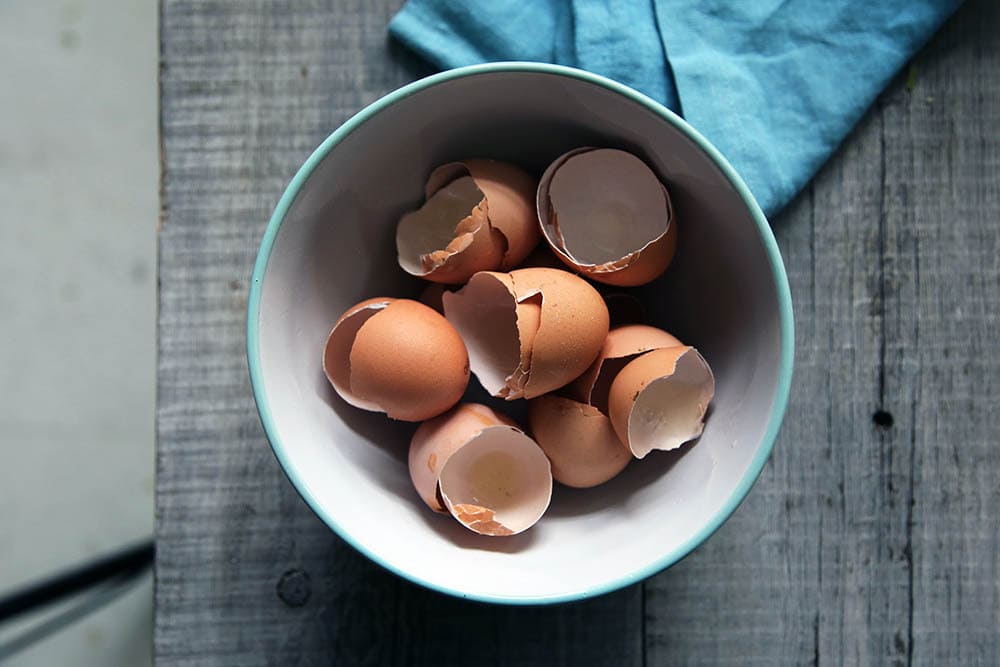
If you are the kind of person who prefers using organic fertilizers, consider using eggshells to add calcium to your soil. Egg shells can not only give your soil a boost of calcium but can prevent blossom end rot¹ if planted in the same hole you plant your tomato seedlings.
4. Foliar Applications
If your soil tests indicate that calcium levels are dangerously low, use foliar applications. This method allows not only the roots but the leaves to absorb calcium. Common foliar sprays include calcium nitrate, calcium chloride, and calcium acetate.
Foliar sprays are a great method because you avail nutrients directly where your plants need them the most. They are also suitable for preventing blossom end rot because calcium is deposited where the plant blossoms. Moreover, they are a popular option because they do not affect the soil’s pH levels like granular fertilizers do. For optimum results, spray your plant with a solution made from ½ ounce calcium nitrate or calcium chloride to a gallon of water.
5. Use Ground Oyster Shells (Calcium Carbonate)
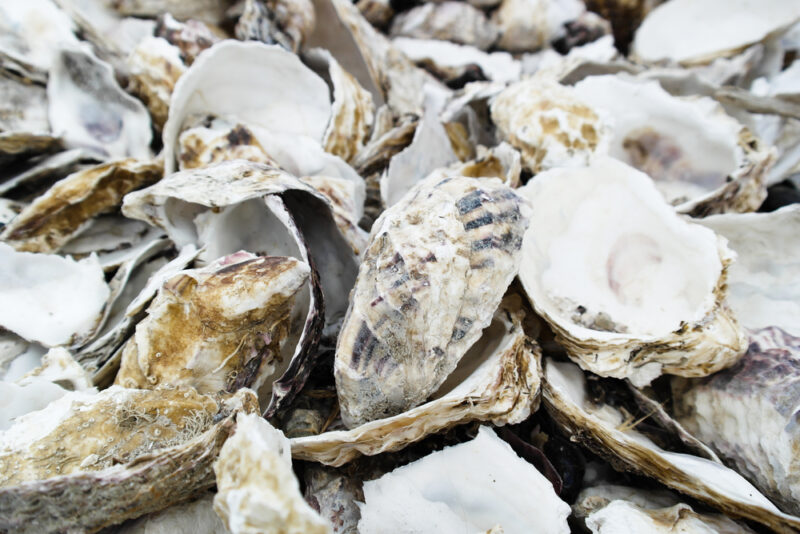
Oyster shells, also known as calcium carbonate, supplement the diet of laying chickens to help them produce eggs with stronger shells. You can use these to add calcium to your garden. However, since the shells are made from the same material as lime, they will increase the pH range of the soil.
Fortunately, the pH range doesn’t change as fast as with lime; it takes longer (years) for the oyster shells to completely break down and be absorbed by the plant roots. Clearly, oyster shells are not ideal if you are looking for an immediate solution, but they are a good long-term source of calcium.
6. Use Wood Ash
Wood ash is also another product you can use to increase calcium levels in your soil. You can find wood ash from a fire pit or your fireplace. Ashes from hardwood tree species can provide about 50% of the amount of lime, but ash from softwood is harmful to plants. Moreover, if you add wood ash to your garden, you should know that you would be adding boron, potassium, and phosphorus too.
Wood ash as a calcium source presents advantages and disadvantages. It may be a natural source of calcium that is free and readily available, but it will increase the pH range of the soil. So, it is unsuitable for neutral or borderline alkaline soils. Also, you will need twice as much as you would like. If you decide to use this method, ensure that wood ash doesn’t come into contact with plant leaves because it is caustic and can burn the plants.
7. Use Bone Meal

This is also a favorite option for organic farmers. Bone meal comes from ground-up animal bones. Since bones contain plenty of calcium deposits, it is a great source of calcium. Bone meal also contains phosphorus and nitrogen as well, hence considered a balanced plant fertilizer. The bone meal does, however, raise the soil pH range. So, it is unsuitable for use in alkaline soils.
This organic fertilizer can release calcium into the soil for up to four months. So, it’s best added to the soil at the beginning of the planting season and will support the plants for the entire season. One good thing about bone meal is that it’s not limited to a specific plant species. It can be used on root crops, flowering plants, and bulbs.
8. Use Colloidal Phosphate
Also known as calcium oxide, rock phosphate, or soft rock, this type of fertilizer is a good source of calcium that doesn’t contain as much as the other sources on our list. Also, it doesn’t affect the pH range as much as lime or other soil amendments. Before you apply this type of fertilizer to your garden, keep in mind it is much slower at releasing calcium into the soil and contains large amounts of phosphorus.
Colloidal phosphates are found in two forms; hard and soft phosphate. Soft rock phosphate is suitable for use as a fertilizer because it breaks down easier and faster, availing calcium to the plants more quickly. Yet, it is not ideal for soils with a pH range above 5.5 because it only breaks down in acidic soil.
9. Use Gypsum
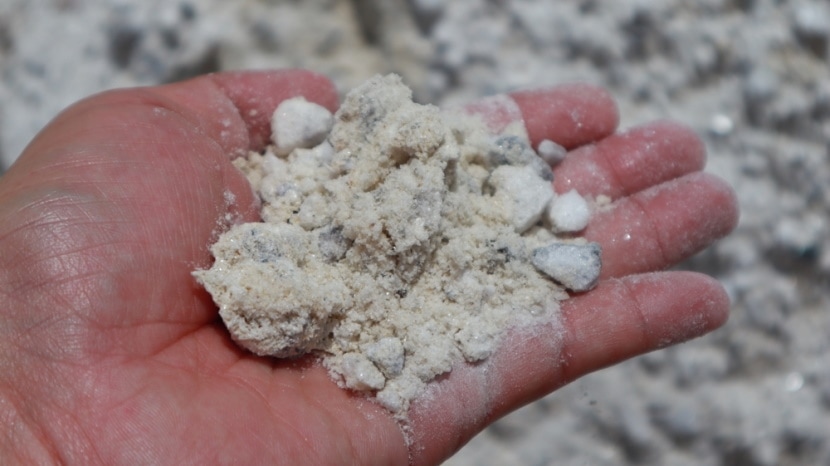
Also known as calcium sulfate, gypsum is a great source of calcium and is ideal for situations where one doesn’t want to change the soil’s pH range. Gypsum is a naturally occurring mineral that can be used as a fertilizer and breaks up and loosens the soil.
This mineral has myriad benefits for plants. It can help prevent water erosion, and crusting of the soil and help young plant seedlings to grow easier. It has drawbacks as well. It can remove salt from the soil, inhibiting plant growth. However, it will be a great calcium source if your plants grow in a coastal region with high salt content.
Benefits of Calcium
- Healthy Soil: Calcium plays an important role at maintaining a balanced pH level in the soil. In addition, it helps open up the soil, increasing water absorption and reducing soil erosion. This makes it easier for plants to absorb water, minerals, and other nutrients from the soil.
- Promotes Early Seasonal Growth: Calcium promotes faster growth in plants at the start of the season. It helps the roots to grow firm and spread. Also, it helps the plant to grow uniformly, which is an important consideration for commercial farmers.
- Transport Nutrients Up the Plant: Calcium helps transport nutrients from the soil to the shoots, leaves, fruits, and flowers. It enters the plant through the roots (sometimes leaves) and moves plant nutrients through the xylem to the rest of the plants. This is perhaps why more calcium often leads to stronger healthier plants.
- Healthy Plant Tissue: As earlier mentioned, calcium is an important requirement for the development of plant cell walls. Additionally, this nutrient assists in cell division, cell membrane permeability, and nitrogen usage.
- Better Yields: All these advantages culminate in one major benefit of calcium- a larger yield. Calcium is widely known to increase the size of the harvest from your garden, especially when combined with alfalfa.
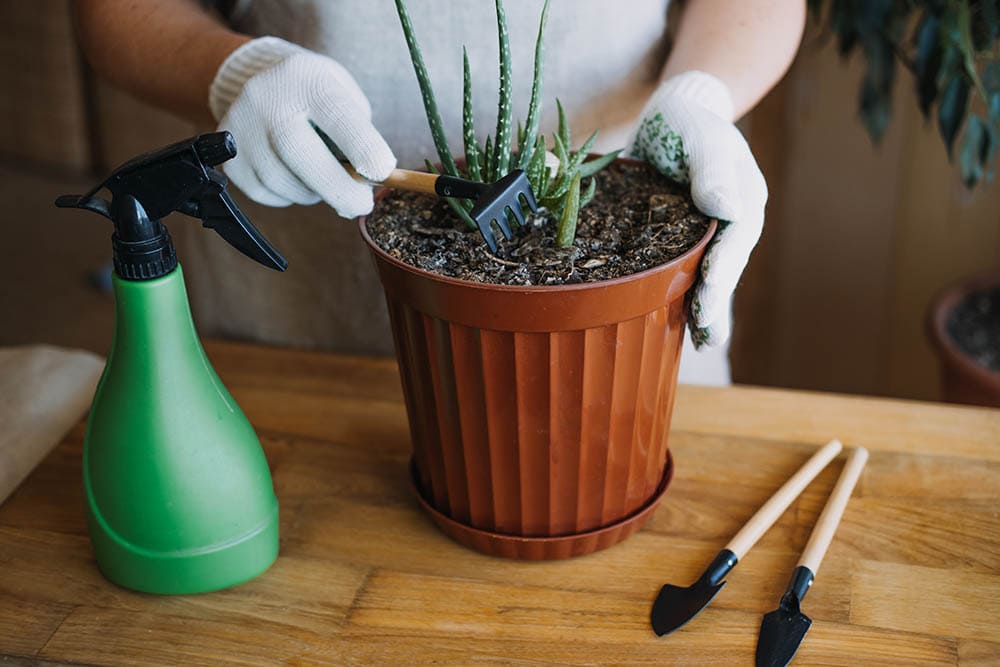
Signs of Calcium Deficiency in Plants
Calcium deposits in the soil will assist in the growth of young shoots and leaves in a plant while maintaining the health of the older ones. But if the soil is suffering from calcium deficiency, the leaves will start to discolor, and rotting will happen below and above the ground. Hence, you should always pay close attention to your plants and take immediate action if you notice any of the following:
- Rot: Rotting can occur anywhere in your plant, be it the leaves, shoots, stems, or roots. This is usually the most obvious tell-tale sign that your soil is suffering from calcium deficiency.
- Discoloration: You should be alarmed if any part of your plant starts losing its natural color. Normally, if the discoloration is as a result of calcium deficiency, brown spots will begin to appear on leaf margins. However, if you notice both brown and yellow spots on a plant, this is a sign that your plants urgently need calcium. Failure to immediately remedy the situation, the leaves will become necrotic. Since browning on the leaves can indicate several issues, it’s best to do a soil test first to determine the calcium levels in the soil.
- Curling Leaves: If new growing plant leaves don’t receive enough calcium, they will start to curl in on themselves.
- Slow Growth Rate: Plants suffering from calcium deficiency usually take longer to mature. This is why some plants appear to have stunted growth. Although it could be a sign of other underlying issues, it’s always best to rule out calcium deficiency as the root cause.
In Conclusion
Plants need nutrients to thrive, and calcium is an essential secondary macronutrient that determines a plant’s survival.
When adding calcium to your garden soil, make sure you do not significantly affect the pH range; some fertilizers can increase the range so far that they render the soil unsuitable for your plants, so you should avoid them unless you need to adjust the pH levels in your soil.
If your plants are suffering from calcium deficiency, use foliar application methods to quickly replenish the calcium supply. If you want a more long-term source, egg and oyster shells are a better calcium source alternative even though they are slower and have less impact. Adding calcium to the soil is quite easy, and if properly done, you will reap a bountiful harvest.
Featured Image Credit: ronstik, Shutterstock
Contents


